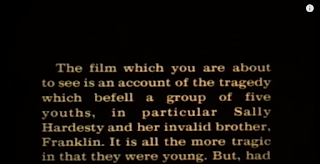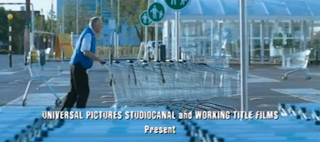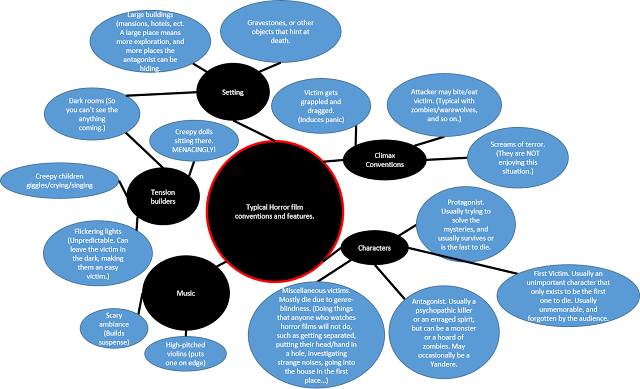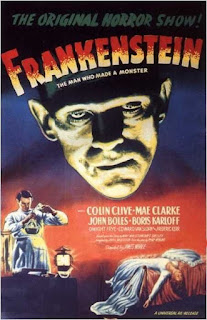Prelim Task + Evaluation

Here is the film I was a part of for the prelim task. https://youtu.be/eZXn22dUb3k? t=1 This short film involves a detective and an accused murderer. Thankfully, my acting was not the focus of this task. Instead, the use of the camera was the main asset that we had to use effectively. The film begins with a shot of the detectives feet as she enters through the door. This creates a small sense of mystery, as we can only see the feet of this person and we don't know who they are. This camera shot is a medium close-up that nobody wants to see. The fact that the face is nearly the only thing on screen means that any viewer can focus on and see the actors facial expressions clearly. The actor opens his eyes in this shot, clearly in response to the detective entering the room. The fact that his facial expression doesn't change indicates that the detectives entrance doesn't please him. This is a close up shot of the detective sitting down in the chair. This empha...




